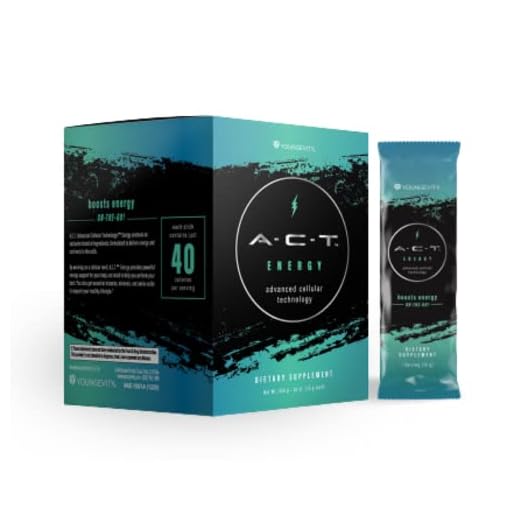



Transporting caffeinated beverages in the hold of an aircraft is permissible under most airline regulations. These items can typically be included without restrictions, assuming they are within the legal volume limits for liquid substances. Check individual airline policies before travel.
Ensure containers are sealed appropriately to prevent leaks, which could damage your belongings. Storing them in a protective bag or wrap is advisable for added safety.
Pay attention to customs regulations for your destination country, as certain jurisdictions may have specific mandates regarding the importation of caffeinated products. Being aware of these rules can prevent unexpected issues upon arrival.
Airline Policies on Energy Drinks

Most airlines permit transportation of caffeinated beverages in checked items, but specific rules vary by carrier. Suggested practice involves identifying your airline’s guidelines ahead of time to ensure compliance.
The table below outlines general policies from major airlines regarding other beverages, which may help anticipate treatment of caffeine-infused beverages:
| Airline | Policy |
|---|---|
| American Airlines | Allowed in both checked and carry-on items. |
| Delta Airlines | Permissible in checked and cabin baggage. |
| United Airlines | Allowed in both checked and carry-on items. |
| Southwest Airlines | Permits in any luggage. |
| JetBlue Airways | Acceptable in checked and cabin bags. |
Check for any restrictions on quantity and packaging, as airlines may impose limits on the total volume of liquids transported in checked bags. Pay attention to specific country regulations if flying internationally, as local laws might impose additional restrictions. Always verify with the airline before traveling to avoid any issues at the airport.
Packaging Guidelines for Safe Transport

Use original packaging to ensure integrity during transport. This minimizes the chance of leaks or damage. A padded container or box may provide additional protection.
Seal each can or bottle securely. Consider using tape to reinforce closures, preventing spills. For bulk items, group containers in a hard-sided case to minimize movement during travel.
Label your container as fragile to inform handlers of the contents. This can help reduce the risk of rough handling.
Avoid exceeding volume restrictions to comply with airline regulations. Be aware of specific quantity limits as set by airlines.
Keep a copy of any relevant guidelines or regulations regarding your cargo to present if necessary. This can assist with any checks at the airport.
Store your items in a temperature-controlled environment whenever possible. Extreme temperatures may affect quality and safety.
Regularly check for any visible damage before traveling. If containers appear compromised, replace them immediately to ensure safe transit.
Customs Regulations Regarding Energy Drinks

Transporting caffeinated beverages abroad involves strict adherence to customs laws. Regulations differ by country, making it crucial to check specific guidelines before departure. Many nations permit these beverages but limit quantities, often to a maximum of 1-2 liters per traveler.
Certain regions impose taxes on imports of carbonated items, influencing the total amount one may import without incurring additional costs. Additionally, ingredients listing is essential; some countries may restrict beverages containing high caffeine levels or specific additives.
For travelers intending to cross borders, it is advisable to retain original packaging with labels intact to facilitate identification. Declare these beverages upon arrival if required by local customs. Ignoring this might lead to confiscation or fines.
Review specific import regulations, as non-compliance can result in unexpected inconveniences. Accessing local customs websites or consulting with airlines can provide clarity on allowances. For further product recommendations, consider checking out best pressure washers under 200.
Quantity Limits for Checked Luggage

Carriers typically impose limits on the quantity of liquids that can be transported in the hold. Generally, the total volume of liquid substances must not exceed 5 liters per person. However, this may vary by airline, so it is crucial to verify specific guidelines prior to travel.
Sealed containers are recommended to maintain integrity. If multiple items are included, consider consolidating them into larger packages to stay within overall volume restrictions. In instances of transporting larger amounts for competitions or events, consulting directly with the airline can provide clarity on any special allowances or additional fees that may apply.
Travelers should be aware that specific item restrictions could come into play. Certain airlines might also have their own limitations on specific brands or types. As a precaution, familiarizing oneself with policies ensures compliance and smooth travels. For practical gear to organize your belongings, consider investing in the best garment gym bag to keep everything in order.
Best Practices for Avoiding Spills and Damage
Seal containers securely. Check lids and caps to ensure they are tightly closed to prevent leaks during transit.
Use Appropriate Storage Solutions
- Opt for durable, crush-resistant packaging.
- Consider insulated bags that provide extra protection against temperature fluctuations.
- Employ resealable plastic bags for added safety and to contain any potential spills.
Placement in Baggage
- Position items at the center of the suitcase to minimize movement.
- Surround containers with soft items, like clothing, to provide cushioning.
- Avoid overpacking to prevent pressure on the containers.
Familiarize with baggage handling protocols. Understanding how luggage is treated during loading and unloading can help mitigate risks of damage.
Inspect items after arrival. Upon retrieving bags, check for any signs of leakage or damage before leaving the airport.







